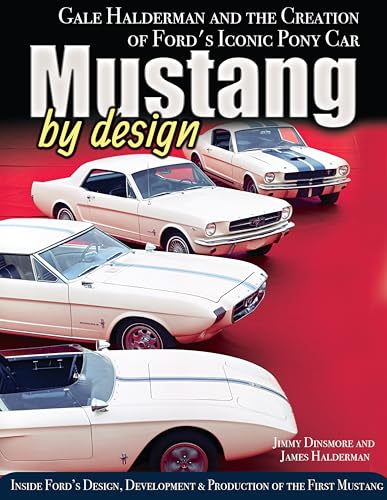- Joined
- Sep 12, 2015
- Messages
- 8,193
- Reaction score
- 3,252
- Location
- SW Ontario
- My Car
- 1971 Mustang Mach 1, M code, 4 speed.
I was thinking about scanning a bunch of information I have, but at this point, I think that as you've had you PS box rebuilt, it is up to the rebuilder to fix it and make sure it is correct. There is simply too much to learn for me or Bentworker (or others) to explain in a few posts.
I have no idea what is really the problem that caused your HP hose to burst. Sending the box away again was a good start, one thing at a time. Unless you want the authentic look, you don't need the long hose, you can use a 72/73 short hose. It's frustrating as hell for sure.
Good luck moving forward.
If you want to look at some sheets from Saginaw Power Steering Gear, then look at https://www.chevelles.com/techref/PowerStrgGear.jpg ( I hate to go to Chevy stuff, but after all, Saginaw is a GM company!!)
Edit: Ooops, that link didn't work, try entering it in Google. It worked for me earlier.
I have no idea what is really the problem that caused your HP hose to burst. Sending the box away again was a good start, one thing at a time. Unless you want the authentic look, you don't need the long hose, you can use a 72/73 short hose. It's frustrating as hell for sure.
Good luck moving forward.
If you want to look at some sheets from Saginaw Power Steering Gear, then look at https://www.chevelles.com/techref/PowerStrgGear.jpg ( I hate to go to Chevy stuff, but after all, Saginaw is a GM company!!)
Edit: Ooops, that link didn't work, try entering it in Google. It worked for me earlier.
Last edited by a moderator:
















































